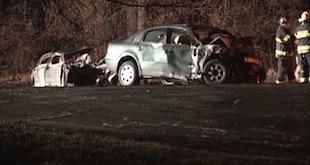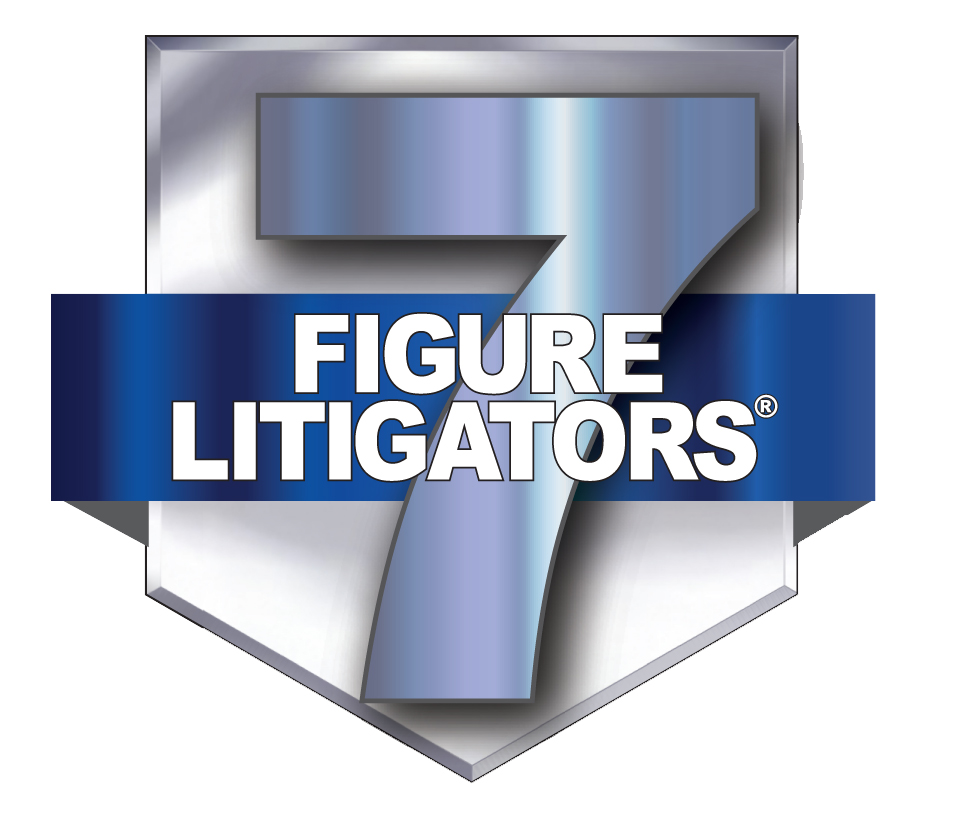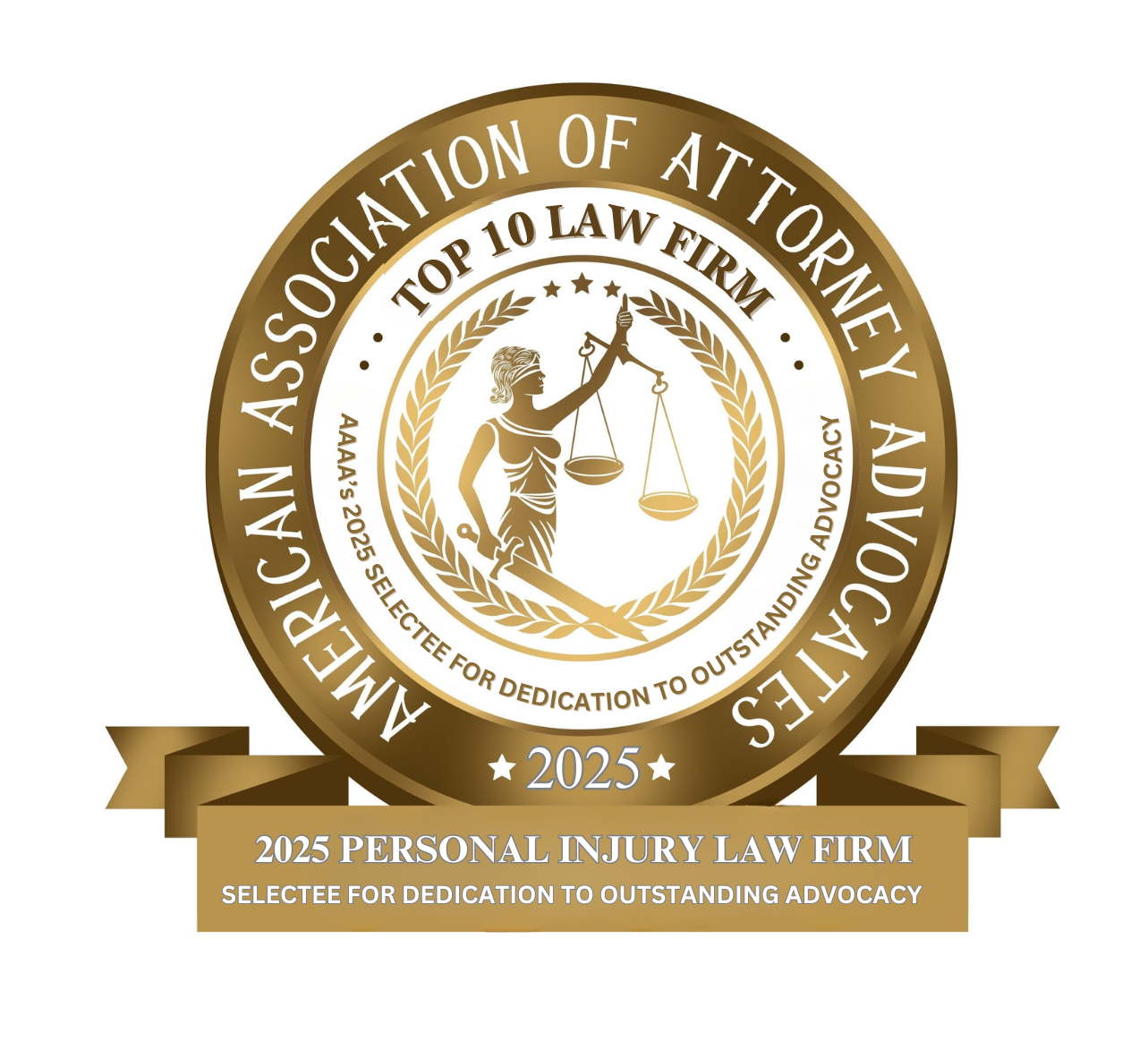- Free Consultation: (630) 527-4177 Tap Here to Call Us
How Fall Weather Changes Can Cause Car Accidents

Autumn in Illinois is beautiful. Cooler air, colorful leaves, pumpkin spice everywhere, but fall also brings a shifting mix of weather and roadway hazards that meaningfully change risk of a serious car accident. For drivers in Illinois and across the U.S., the combination of less daylight, wet leaves, fall fog, more deer on the move, and abrupt temperature swings creates conditions that make otherwise routine drives more dangerous. In this blog, we explain the main ways fall weather affects crashes, share relevant statistics and research, list practical steps drivers can take, and answer frequently asked questions about car accidents caused by the changing fall weather.
“As the seasons change, risk changes with them. If you or a loved one were injured in a crash caused or worsened by fall weather, such as wet leaves, fog, deer, or dangerous visibility, we understand how overwhelming recovery can be. We’ll investigate the scene, preserve evidence (including photos of weather and roadway conditions), and work to protect your rights so you can focus on healing.”— John J. Malm, Naperville car accident attorney
Why Fall is Different for Drivers
Fall is a transitional season, nights grow longer, temperatures swing between warm afternoons and cold mornings, and plant and animal behaviors change. That transition produces several predictable road-safety effects:
- Reduced and shifting daylight means more driving in dusk/dark conditions during peak commuting times.
- Cooler mornings plus lingering warmth during the day can produce fog and reduced visibility.
- Falling and often wet leaves create slick surfaces and obscure lane markings and hazards.
- Deer (and other wildlife) are more active during mating and migratory periods, producing a seasonal spike in vehicle–animal collisions.
- The daylight-saving time shift and associated sleep disruption also affect driver alertness at predictable points in the season.
Those seasonal patterns are not just common-sense, they show up in crash data and peer-reviewed studies, which helps explain why many police and safety agencies run targeted fall driving campaigns every year.
The Big Statistics You Should Know
- Weather-related crashes are common. A multi-year analysis found that from 2010–2014 there was an annual average of 1,179,253 police-reported crashes in the U.S. that occurred in adverse weather or roadway surface conditions, about 21% of all reported crashes and more than 5,100 deaths per year in that period.
- Rain and mist account for the majority of weather-related crashes. Federal road-weather analysis indicates over 77% of weather-related crashes occur in rain or mist conditions. That matters for fall because many regions see increased rainy periods as the season progresses.
- Fog is a particularly dangerous low-visibility hazard in fall mornings and evenings. The Federal Highway Administration (FHWA) reports over 38,700 vehicle crashes annually where fog was present, resulting in more than 600 fatalities and over 16,300 injuries. That concentrated harm shows why foggy fall conditions deserve extra caution.
- Deer and wildlife collisions show a clear autumn peak. Multiple transportation studies and federal reports document that large-mammal collisions rise in October–November (the deer mating season) with a secondary peak in spring, meaning drivers are statistically more likely to encounter wildlife on roads in fall.
- The clock change matters too. A major 20-year analysis published in Current Biology found a roughly 6% increase in fatal crashes during the workweek following the spring “spring forward” daylight savings time transition (the fall “fall back” shift changes crash patterns differently, but the point is seasonal clock shifts affect crash risk through sleep and light-timing effects). While that 2020 study examined the spring transition most directly, it also highlights how shifting daylight patterns in and around seasonal transitions can affect crash timing and severity.
Specific Fall Hazards and What They Look Like on the Road
- Wet leaves and leaf-covered pavement:
- Why it’s dangerous: wet leaves form a slick surface similar to ice, they reduce tire grip, hide lane markings, and conceal potholes or debris.
- Typical effect: longer stopping distances, reduced steering control, and higher likelihood of single-vehicle slides and run-off-road crashes.
- Rain and mist:
- Why it’s dangerous: rain reduces tire traction and spray reduces visibility for all drivers, increasing the chance of multi-vehicle rear-end and chain-reaction collisions.
- Typical effect: a disproportionate share of weather-related crashes happen during rain/mist conditions.
- Fog and low visibility (especially in the early morning and after sunset):
- Why it’s dangerous: fog drastically cuts sight distance and makes judging other vehicles’ speed and distance much harder.
- Typical effect: crashes in fog are often high-speed or involve multiple vehicles because drivers don’t see a stopped or slowed vehicle until it’s too late. FHWA data show tens of thousands of fog-related crashes annually.
- Deer and wildlife (peak in Oct–Nov):
- Why it’s dangerous: deer behavior during mating season and at dusk/dawn is unpredictable; they move into roadways suddenly and often in groups.
- Typical effect: collisions can cause severe vehicle damage, rollovers, or secondary crashes when drivers swerve and strike fixed objects or other vehicles.
- Changing light/dusk, dawn, and daylight-saving transitions:
- Why it’s dangerous: glare, longer periods of low light, and abrupt shifts in traffic conditions make detecting pedestrians, bicyclists, and other road users harder. The daylight savings time transition and shorter days also contribute to driver sleep disruption and altered crash timing.
Practical Safety Steps for Fall Driving
- Slow down in wet leaves, rain, and fog, as braking distances are longer.
- Increase following distance (give yourself extra space, 4+ seconds in slick conditions).
- Use headlights appropriately in low-light or fog (low beams in fog; high beams can reflect and worsen visibility).
- Watch for wildlife at dawn/dusk. Slow down and be especially cautious on rural stretches.
- Avoid sudden lane changes or aggressive maneuvers when roads are slippery.
- Ensure tires and brakes are in good condition before the peak fall season.
- If you feel drowsy after a time change or late-night driving, pull over and rest. Impaired alertness is dangerous.
What To Do If You’re in a Fall Weather-Related Crash

- Check for injuries and call 911 if anyone is hurt.
- Move to a safe place if the vehicle is driveable. Otherwise, stay in place with hazard lights on.
- Take photographs of road conditions (wet leaves, fog, visibility, damage) and any visible wildlife or skid marks. Photos of the scene and weather conditions are valuable evidence.
- Exchange information with other drivers, get witness names if possible, and ask police for a crash report.
- Do not admit fault at the scene; stick to facts when speaking with officers and witnesses.
- Contact your insurance company promptly, and consider speaking with an experienced Illinois car accident attorney before giving recorded statements to an insurer.
Frequently Asked Questions about Fall Weather Car Accidents
Q: Are fall crashes more likely to be serious than summer crashes?
A: Fall brings hazards (reduced light, slick leaves, fog) that can increase crash severity, particularly when combined with higher speeds or wildlife strikes. National data show weather-related crashes cause thousands of deaths and many more injuries each year; rain/mist and fog are especially associated with severe outcomes.
Q: When are deer collisions most likely to happen?
A: Deer-vehicle collisions typically peak in October and November during the deer mating season and often occur around dawn and dusk.
Q: Does the daylight saving time clock change affect crash risk in fall?
A: Research shows the spring “spring forward” shift is associated with a measurable increase in fatal crashes. The fall “fall back” shift changes the timing of crashes (morning vs evening) and can still affect sleep and alertness for some drivers, so the seasonal timing of daylight matters to crash patterns.
Q: What evidence should I collect after a fog- or leaf-related crash?
A: Photograph the scene (visibility, fog density, leaf coverage, skid marks, traffic signals, road signage), collect witness contact information, keep a copy of the police report, and preserve medical records. Those items help show how weather and road conditions contributed to the collision.
Q: Should I contact a lawyer after a fall-season crash?
A: If you were injured and you suspect another driver’s negligence (speeding, impaired driving, distracted driving) caused the crash, contact an experienced Illinois injury lawyer to protect your rights and help document how weather and other factors contributed to the crash.
Contact the Seasoned Illinois Car Accident Attorneys at John J. Malm & Associates
Fall drives are beautiful, but they require extra vigilance. The data make one thing clear: weather-related and seasonal factors have a measurable effect on when and how crashes happen. If you were hurt in a crash during fall weather, documenting the conditions (photos, police reports, medical records) is essential, and having experienced legal counsel early can make a real difference when dealing with insurance companies and building a claim.
If you or a family member were injured in an Illinois crash during fall weather, contact John J. Malm & Associates for a free consultation. We handle accident investigations, gather weather- and scene-evidence, work with experts when needed, and fight to get fair compensation for medical bills, lost wages, and pain and suffering. We’re here to help you through the recovery and the legal process.















